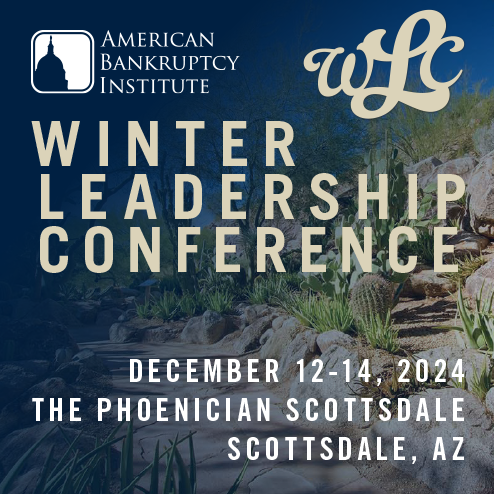| In the past decade, third-party litigation financing (TPLF) — an arrangement where a nonparty funder provides financing for the prosecution of a lawsuit in exchange for an interest in the potential recoveries — has become increasingly accessible in the U.S. In the bankruptcy context, where a debtor’s estate may otherwise have limited resources to pursue valuable causes of action, the availability of TPLF provides restructuring professionals with a key tool to improve litigation outcomes and maximize the value of estate assets in the face of liquidity constraints. However, in structuring a TPLF arrangement, care must be taken to ensure that the introduction of a nonparty
funder with purely economic interests does not shift the dynamics of the underlying litigation in a manner that is inconsistent with applicable state law or the Bankruptcy Code. Whatever the consequences may be of TPLF’s proliferation, as we discuss below, we expect TPLF to remain an important option in U.S. restructuring cases in 2024.
TPLF was historically limited in the U.S. by state laws incorporating common-law prohibitions against maintenance, champerty and barratry. In recent years, however, various states have begun relaxing these laws, allowing TPLF arrangements to be structured in ways that fall outside the scope of applicable state law prohibitions. Courts in New York, for example, have upheld the provision of TPLF to law firms, finding that such financing supports adjudication of litigation on the merits (and not based on economic pressures). These developments have spurred the rapid growth of the litigation finance industry, with industry participants reporting $15.2 billion in assets under management in 2023.
|





